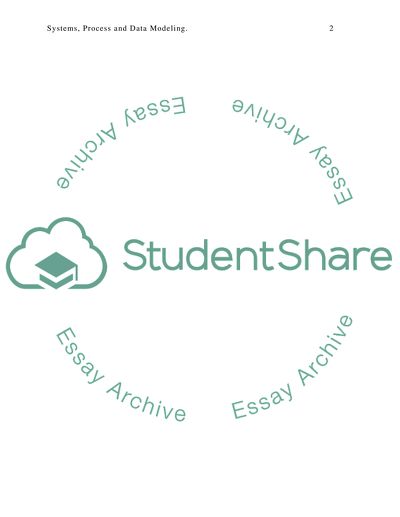Cite this document
(“Systems, Process & Data Modeling Research Paper”, n.d.)
Retrieved from https://studentshare.org/information-technology/1394944-systems-process-data-modeling
Retrieved from https://studentshare.org/information-technology/1394944-systems-process-data-modeling
(Systems, Process & Data Modeling Research Paper)
https://studentshare.org/information-technology/1394944-systems-process-data-modeling.
https://studentshare.org/information-technology/1394944-systems-process-data-modeling.
“Systems, Process & Data Modeling Research Paper”, n.d. https://studentshare.org/information-technology/1394944-systems-process-data-modeling.


